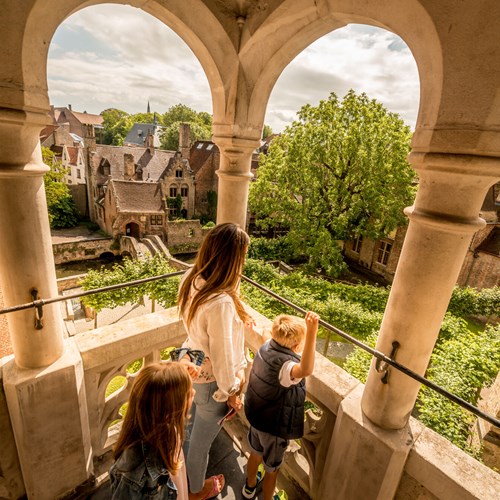
Bruges, Belgium
It is only fair to say that the places that stir all your senses and that creep under your skin are extremely rare. These are the places that pluck your heartstrings, yet whose secrets you can’t unlock completely. Bruges happens to be such a unique place. Cultural and artistic, cosmopolitan, unashamedly Burgundian, mysteriously medieval, and a Unesco World Heritage site to boot. Strolling along Bruges’ alleys, picturesque canals and verdant ramparts you cannot but fall hopelessly in love with her elegant mysteriousness.
Population:
On 1 January 2020, there were 19,881 inhabitants registered as living in the inner city of Bruges. The total population of Greater Bruges on the same date was 118,610.
Currency:
EURO € 1,00 = 100 cents
Emergency Numbers:
tel. 112.
This free number is used in all member states of the European Union to contact the emergency services: police, fire brigade or medical assistance. The number operates 24 hours a day, 7 days a week.
Police
General telephone number: tel. +32 (0)50 44 88 44
Emergency police assistance: tel. 101
Opening Hours:
Cafés and restaurants have no (fixed) closing hour. Sometimes they will remain open until the early hours of the morning and other days they will close earlier: it all depends on the number of customers.
Newspapers:
De Standaard
De Morgen
History in a nutshell

Although the Bruges region was already populated in Roman times, the city’s name appears for the first time in the 9th century, probably derived from the Old Germanic word ‘brugj’, which means ‘mooring’. Bruges has always had a special bond with the sea. After all, water played a crucial role in the city’s foundation. It was the place where several streams merged into a single river (the ‘Reie’), which flowed north into the coastal plain. This river was linked to the North Sea through a series of ‘tidal channels’, guaranteeing the city’s future welfare and prosperity.
Visit Bruges 360°

A virtual exploration of Bruges in all its glory – a 360° tour of at least 25 locations in the heart of the city.
UNESCO world heritage city

The Beguinage was recognised as a world heritage site in 1998. One year later, the Belfry was also added to the world heritage list, followed by the entire historical city centre in 2000. After all, Bruges boasts a valuable structural heritage and is a fine example of an architecturally homogeneous city, particularly famous for its brick Gothic buildings. What’s more, the authentic and organically grown medieval city fabric has remained well preserved, while Bruges is also the ‘birthplace’ of the Flemish primitives. Reasons enough for UNESCO to grant Bruges the label of ‘world heritage city’, something the city and its people are rightly proud of.
But the city’s intangible heritage is also greatly valued. Since as far back as 1304, the relic of the Holy Blood has been carried around the city in the Holy Blood Procession on Ascension Day each year. This folk tradition involves everyone in the city and was recognised by UNESCO as Intangible Cultural Heritage in 2009. In November 2014, Belgian carilloneurs were also given significant international recognition when Belgian carilloneur culture - and all the people committed to it - was recognised as best practice in order to safeguard it as Intangible Cultural Heritage. The sound of the carillons can be heard all around Bruges throughout the year, but one of the best places to listen is on the Market Square or in the Belfry courtyard. In 2016, Belgium’s diverse beer culture was added to the Intangible Cultural Heritage list. The historic city of Bruges boasts two breweries and a beer museum, and Bruges’ woodlands and wetlands is home to many traditional brewers who are passionate about their craft. There are also many cafes, bars and restaurants in Bruges where you can appreciate beer culture.
Highlights of Bruges

You’ve only really seen Bruges if you’ve visited the classics. From the Rozenhoedkaai and the Market Square, through the Lake of Love and the canals, to the Beguinage, the almshouses and much more. Iconic sites that give the city its look and charm you instantly. Now centuries old, now dazzlingly young, but always exceptionally impressive. Not to be left off your to-do list!

